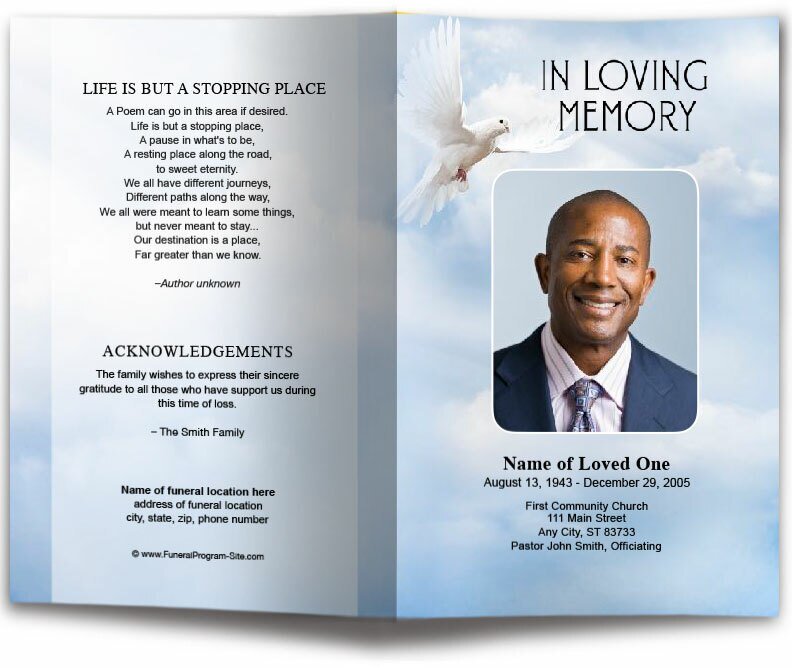What Is a Dual Funeral Service Like?

Introduction to Dual Funeral Services
A dual funeral service is a memorial ceremony held to honor and celebrate the lives of two individuals who have passed away. This type of service is often conducted when two people, typically family members, partners, or close friends, die around the same time or wish to have a joint ceremony. While dual funerals are not as common as single services, they provide a meaningful way to acknowledge the bond between the deceased and offer comfort to the grieving families by sharing the experience together.
How a Dual Funeral Service Differs from a Single Funeral Service
1. Honoring Two Lives
The primary difference between a dual funeral service and a single funeral service is that a dual service is dedicated to two individuals. These individuals are often connected by a close relationship, such as spouses, siblings, or parents and children. The service will incorporate elements that reflect both lives, from individual tributes to shared memories. This may involve two sets of eulogies, separate or combined biographical sections, and often a more extended service to properly honor both individuals.
Key Considerations
- Balancing tributes and memories for both individuals.
- Coordinating the wishes of two families or groups of loved ones.
- Ensuring that the service reflects the personalities and lives of both individuals.
2. Shared or Individual Elements
Depending on the relationship between the deceased, the elements of a dual funeral service can be either shared or individualized. For instance, a couple might have a joint eulogy that speaks to their relationship and shared experiences, while a service for siblings may include separate tributes highlighting their unique lives. The music, readings, and ceremonial aspects might also be chosen to reflect both individuals’ preferences, offering a balanced representation of each person’s personality, values, and contributions.
Types of Shared and Individual Elements
- Joint eulogies or separate eulogies for each individual.
- Shared readings or prayers that reflect both lives.
- Personalized songs, poems, or quotes for each person.
3. Emotional Dynamics
A dual funeral service often carries a heightened emotional intensity due to the simultaneous loss of two loved ones. While it can be comforting to mourn both individuals together, it may also add layers of complexity to the grieving process. Families and friends may experience a wide range of emotions, from profound sorrow to deep appreciation of the bond between the deceased. Dual funerals can serve as a way to channel collective grief into a single ceremony, offering mutual support and closure to those involved.
Emotional Considerations
- The intensity of emotions may be stronger due to multiple losses.
- Families can support each other through the shared experience of grief.
- Dual funerals can provide closure for both individuals, helping loved ones cope together.
The Structure of a Dual Funeral Service
1. Coordinating the Order of Service
A dual funeral service typically follows a similar structure to a traditional funeral, but with adaptations to accommodate the remembrance of two individuals. The order of service might include welcome remarks, readings, prayers, and eulogies, each tailored to reflect the lives being honored. Coordinating the service involves ensuring that both individuals receive equal recognition, whether through alternating tributes or a unified approach that highlights their shared journey.
Order of Service Example
- Opening Remarks
- Scripture Readings or Poems (for both individuals)
- Eulogies (separate or joint)
- Musical Tributes (reflecting both individuals' tastes)
- Closing Remarks and Prayers
2. Logistics of a Dual Service
Managing the logistics of a dual funeral service requires careful planning, especially if the two individuals are from different families or have different final wishes. The decision of where the service will be held, whether at a funeral home, place of worship, or graveside, must be considered along with the preferences for burial or cremation. Additionally, if the individuals are to be buried or interred together, those arrangements need to be coordinated, along with the design of the memorial or headstone that honors both lives.
Key Logistics
- Deciding on the location of the service and final resting place.
- Coordinating burial or cremation arrangements for both individuals.
- Designing a shared or individual memorial for the deceased.
3. Involvement of Multiple Families
In many cases, dual funeral services involve input and participation from more than one family. This can sometimes add complexity, as different families may have varying preferences regarding the service’s tone, style, and content. Open communication and collaboration between families are essential to ensure that the service honors both individuals appropriately. A balanced approach helps to create a ceremony that reflects the wishes of all involved parties and provides a meaningful farewell.
Working Together with Families
- Ensuring open communication between families to coordinate preferences.
- Balancing different religious or cultural traditions if necessary.
- Fostering a collaborative approach to decision-making regarding the service.
Conclusion: The Meaning of a Dual Funeral Service
A dual funeral service is a deeply meaningful way to honor the lives of two individuals simultaneously, particularly when they shared a close bond in life. While such services require careful planning and coordination, they offer families and friends the opportunity to come together in mutual grief and celebration. By balancing individual tributes with shared memories, a dual funeral service serves as a heartfelt tribute to both lives, creating a lasting legacy of love, connection, and remembrance.
For more on this topic, visit The Funeral Program Site.
© The Funeral Program Site - Funeral Programs, Funeral Program Templates and Cancer Ribbons





























